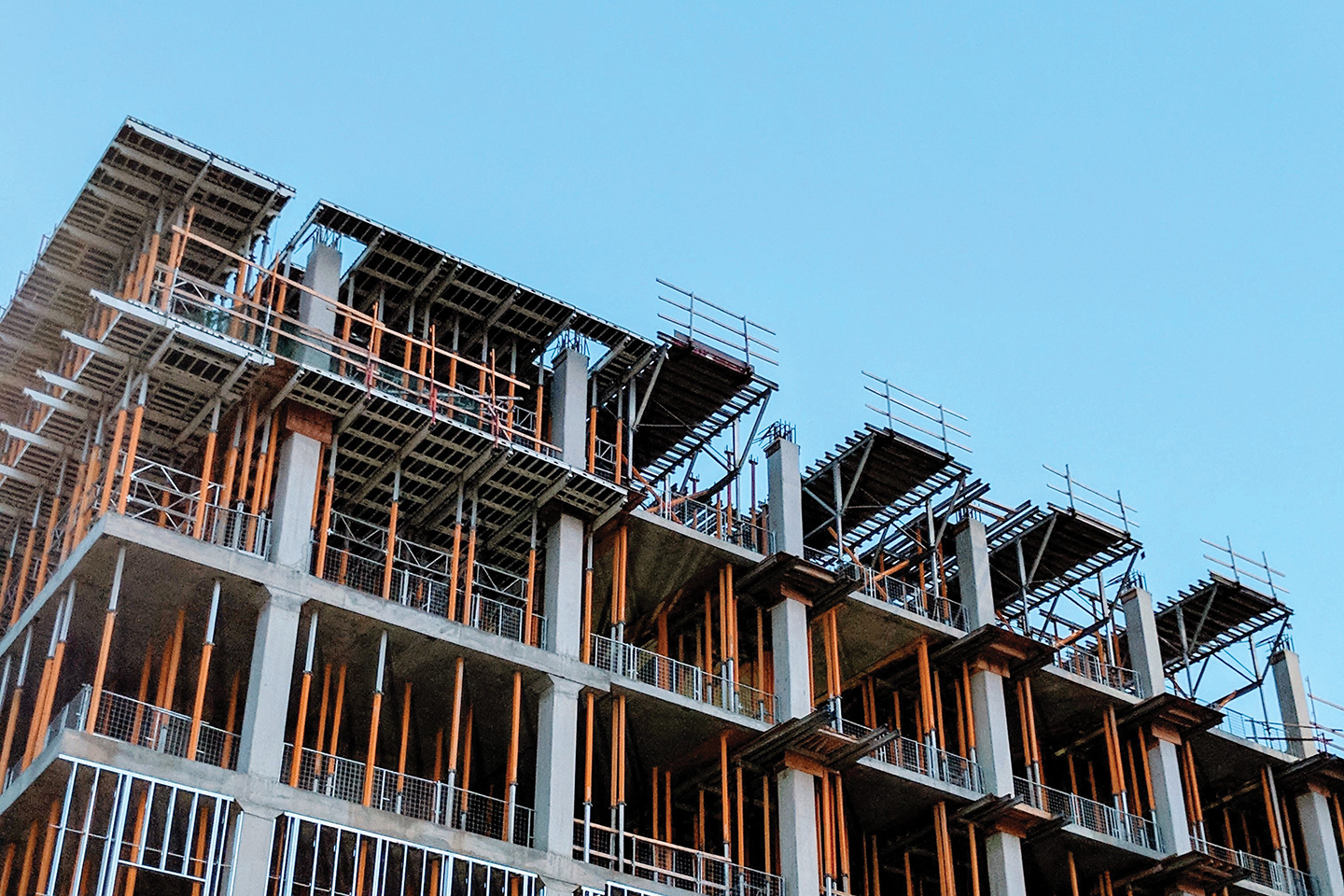What’s Driving Strong Investment Demand In the Multifamily Sector During COVID-19?
CBRE Econometric Advisors (EA) Analysis of the Strength of the Multifamily Asset Class by Nathan Adkins, Jing Ren, and Neil Blake The multifamily sector’s share of overall transaction activity has grown steadily over the past 15 years. Starting from a quarter of all transactions in the mid-2000s, multifamily expanded to a third of all transactions by 2016, overtaking the office sector, and giving multifamily the largest share of any property
Read More












